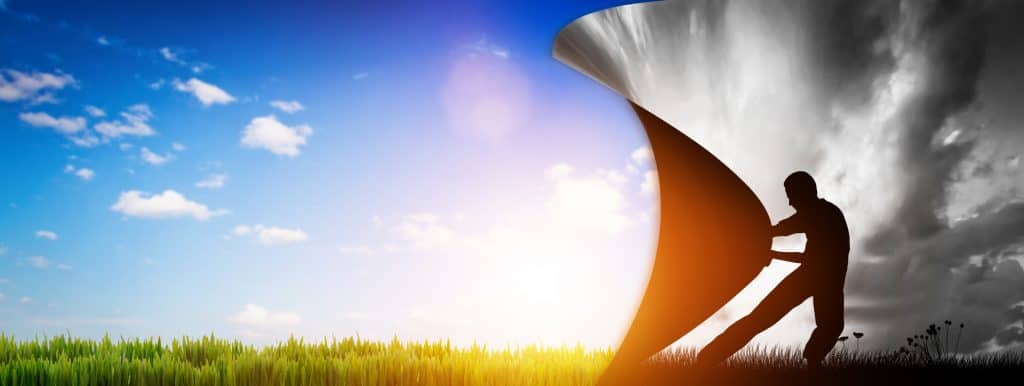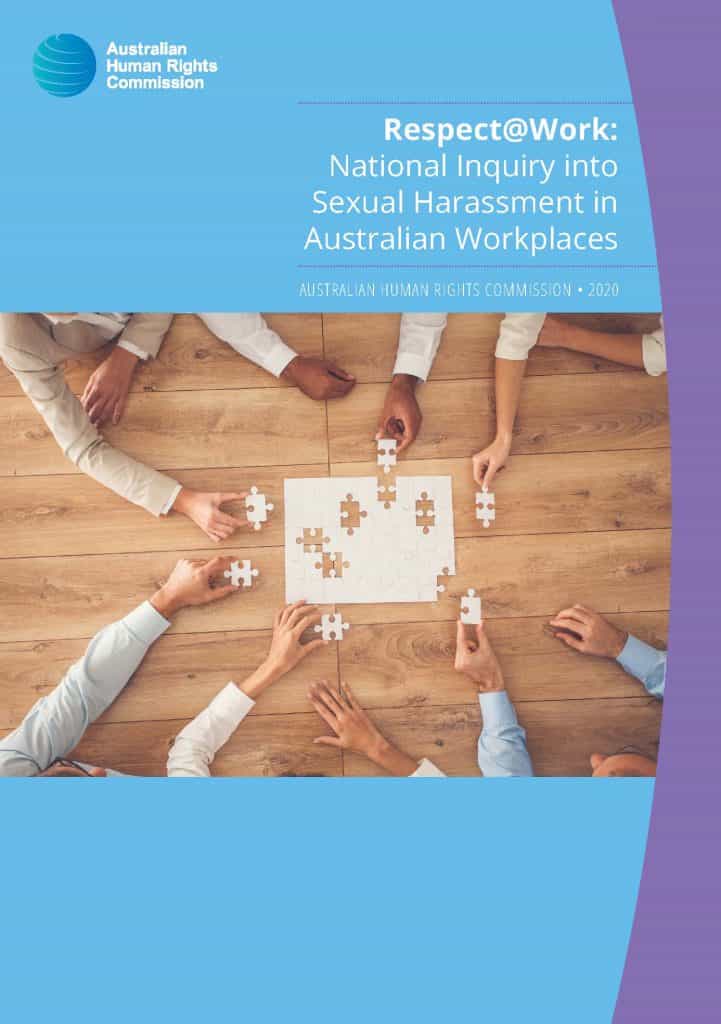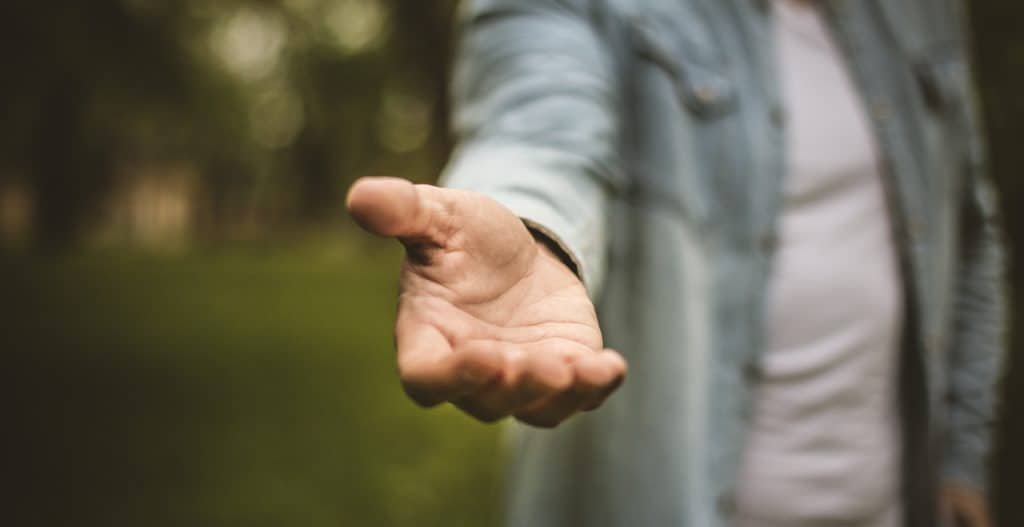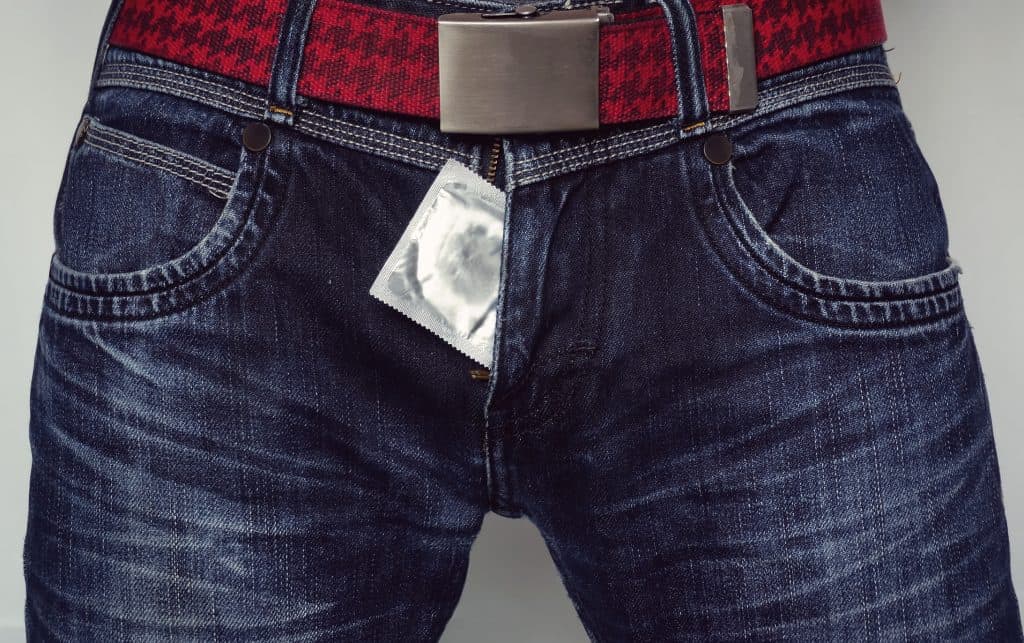Discussion on the report into sexual harassment in Australian workplaces went missing last weekend which included International Women’s Day. March 8 generalised much of the discussion on the need for new approaches to feminism, wages and gender equity. This is not to say that organisations had forgotten about the National Inquiry’s Final Report or the occupational health and safety (OHS) context, but few were as blunt about the issue as broadcaster Virginia Trioli and workplace lawyer Liberty Sanger on ABC radio this week.







